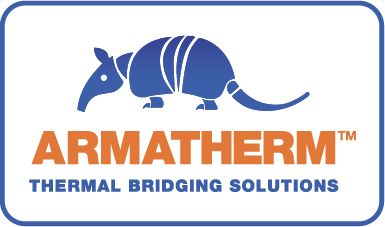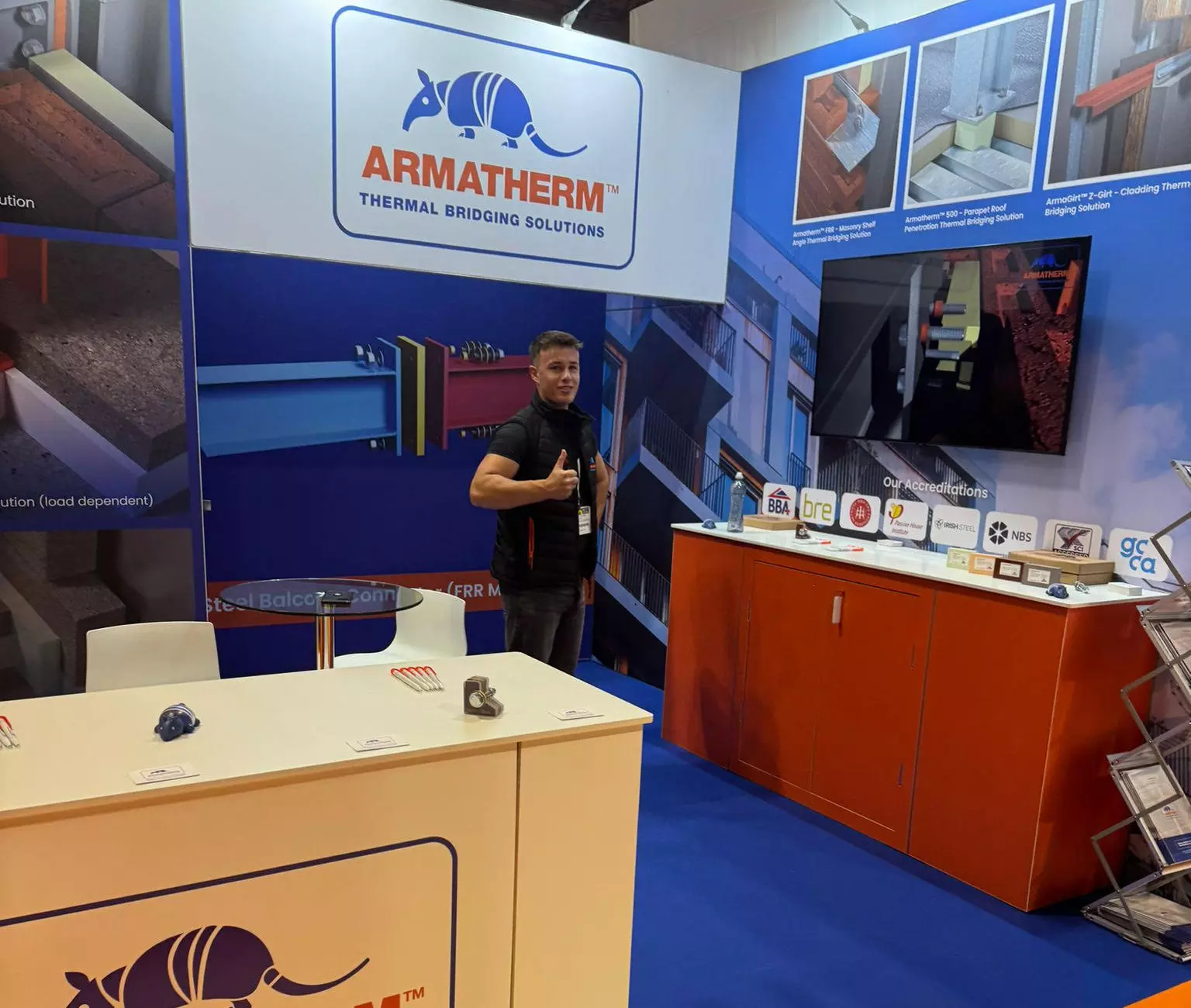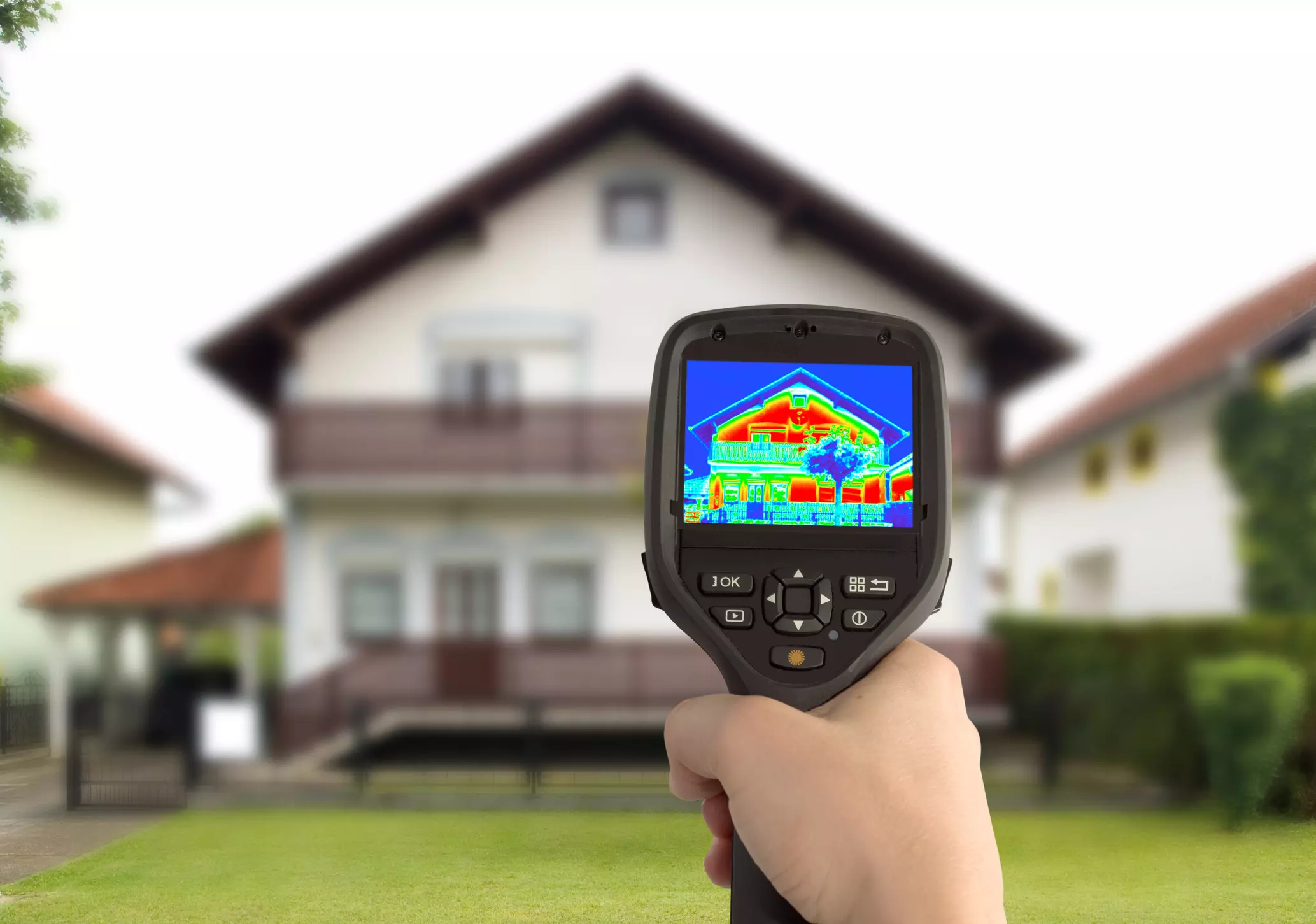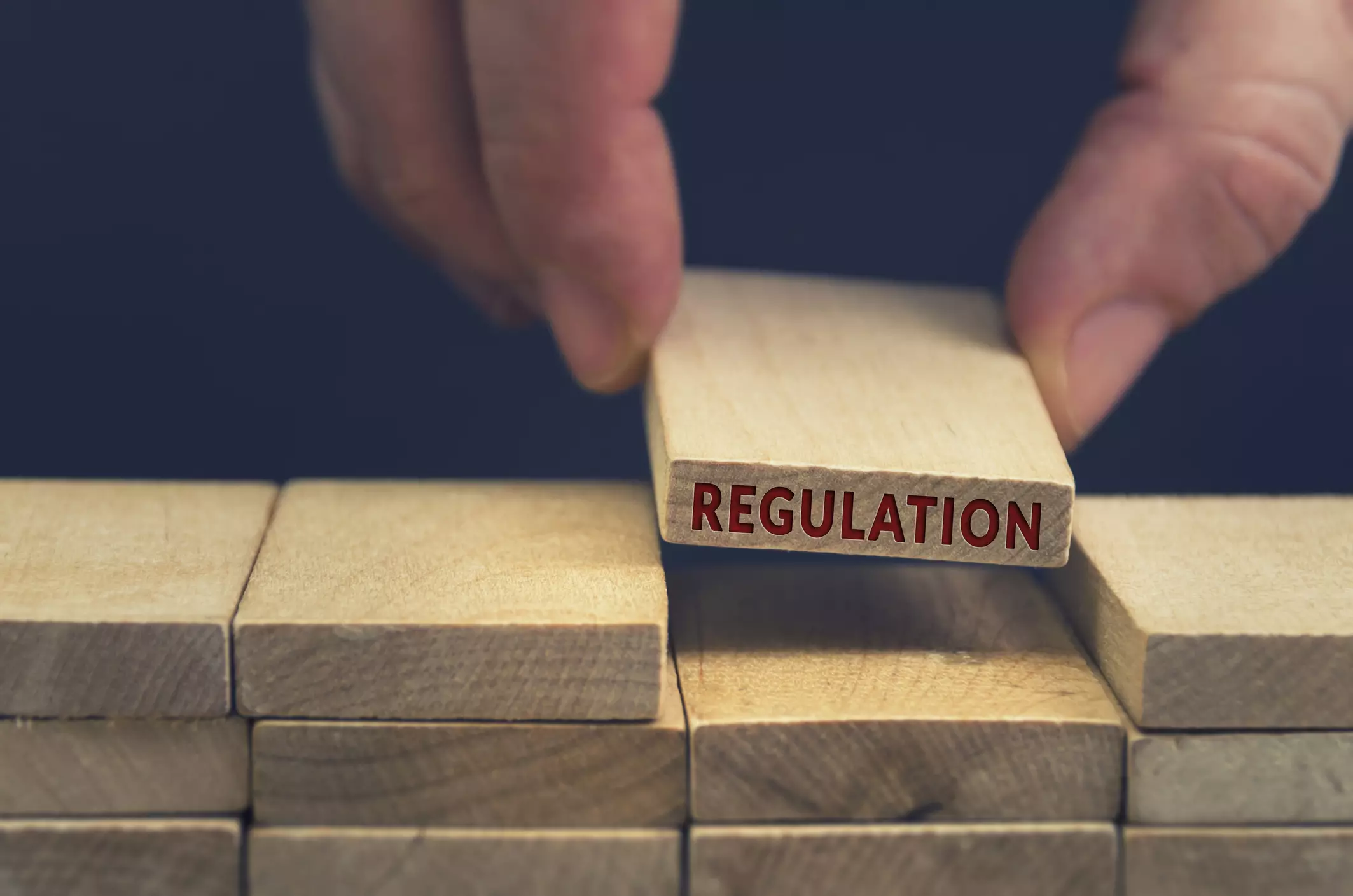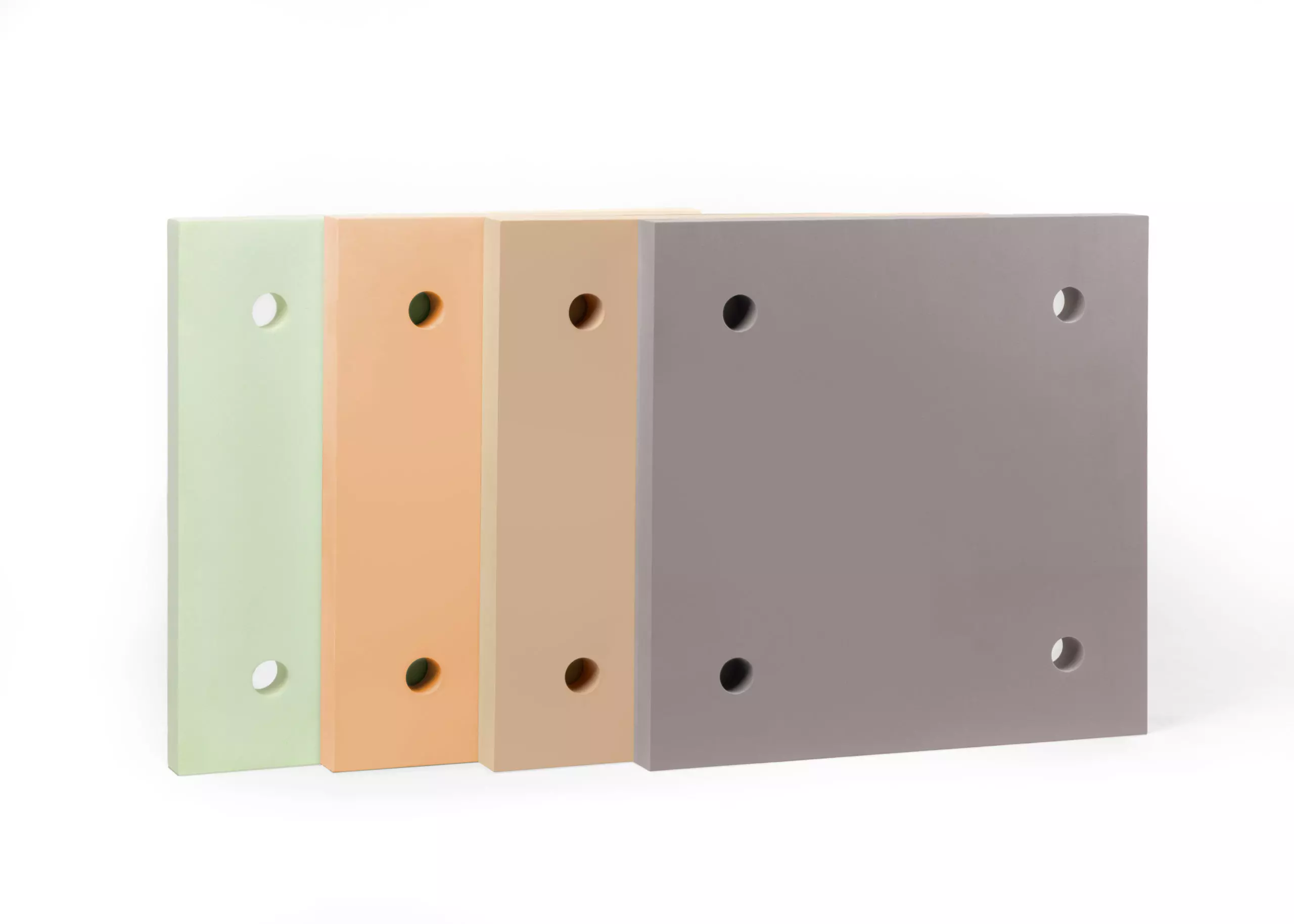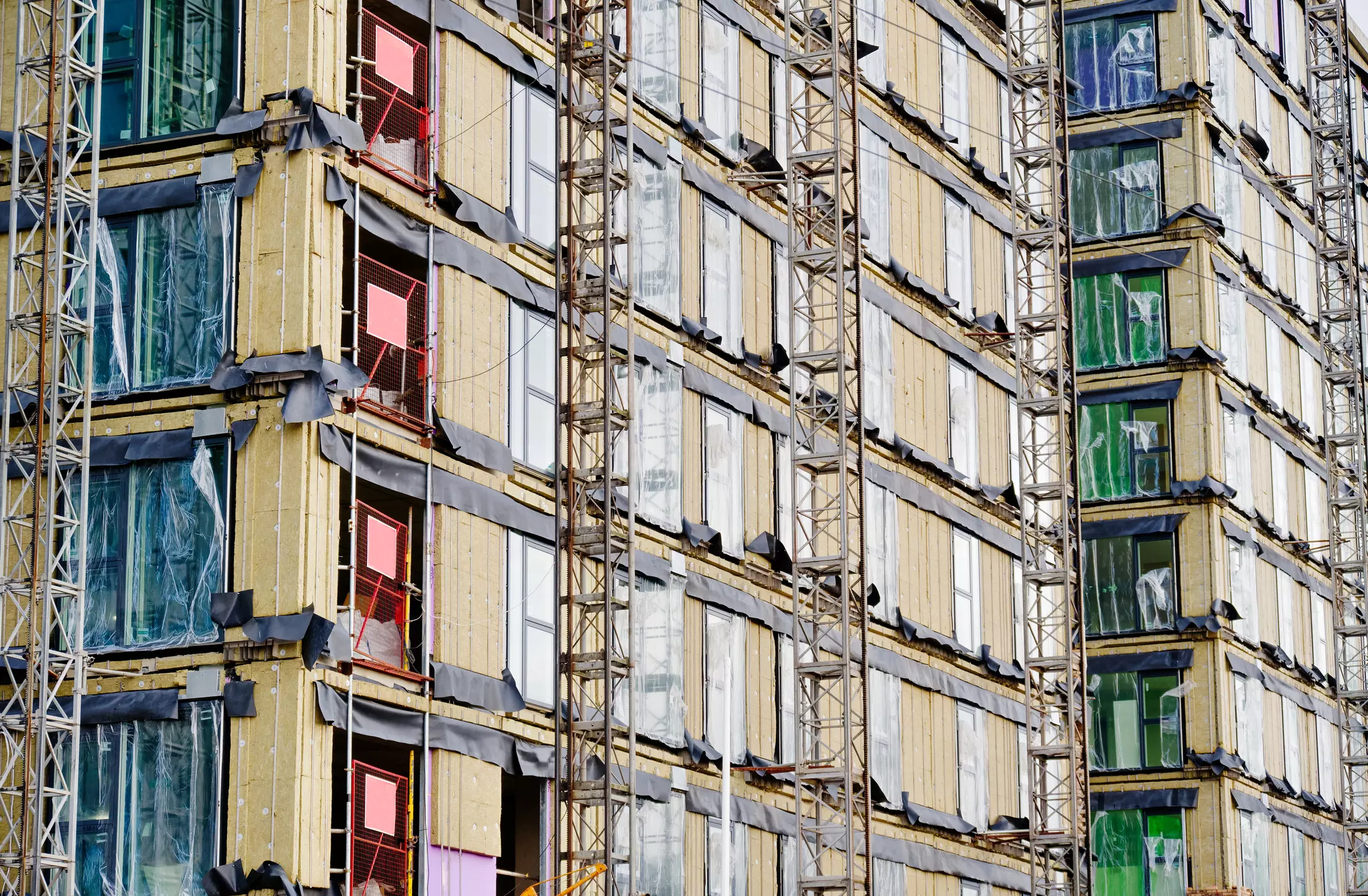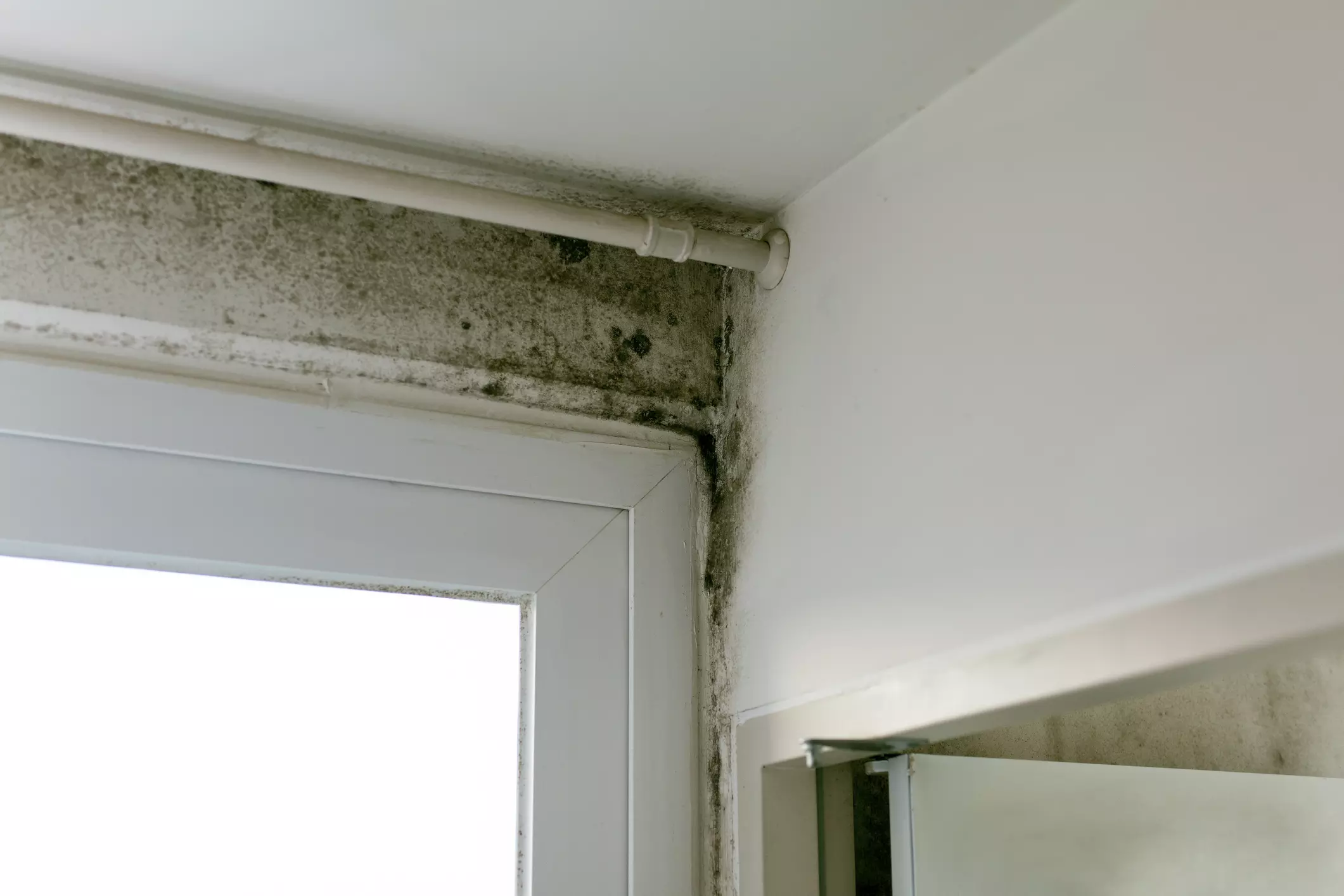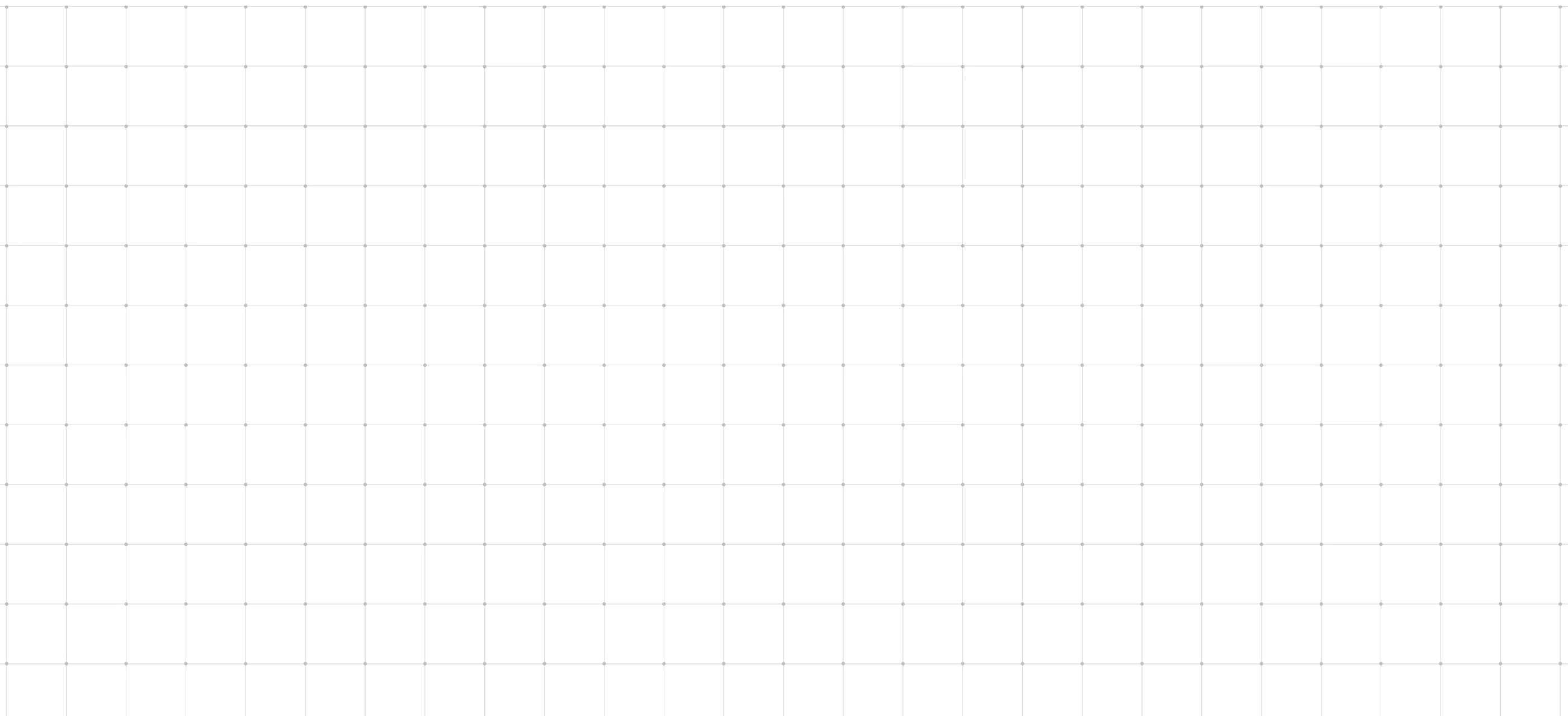
What Are the UK’s Updated Building Regulations for 2050 Net-Zero Goals?
The recently updated building regulations highlight a milestone in the UK’s journey towards a greener environment to achieve zero carbon emissions by 2050.
The Future Homes and Building Standard Project is underway to meet this emissions target, and recently implemented regulations mean the UK is making large strides towards the end goal. Before the stricter rules come into play, there’s steps for us to meet before 2025 to ease the burden.
